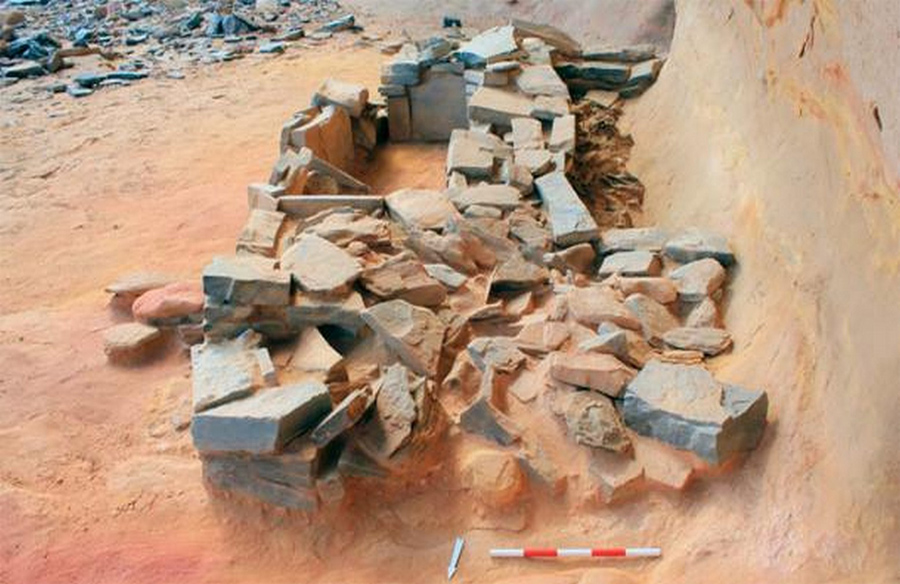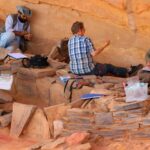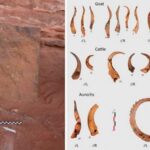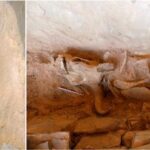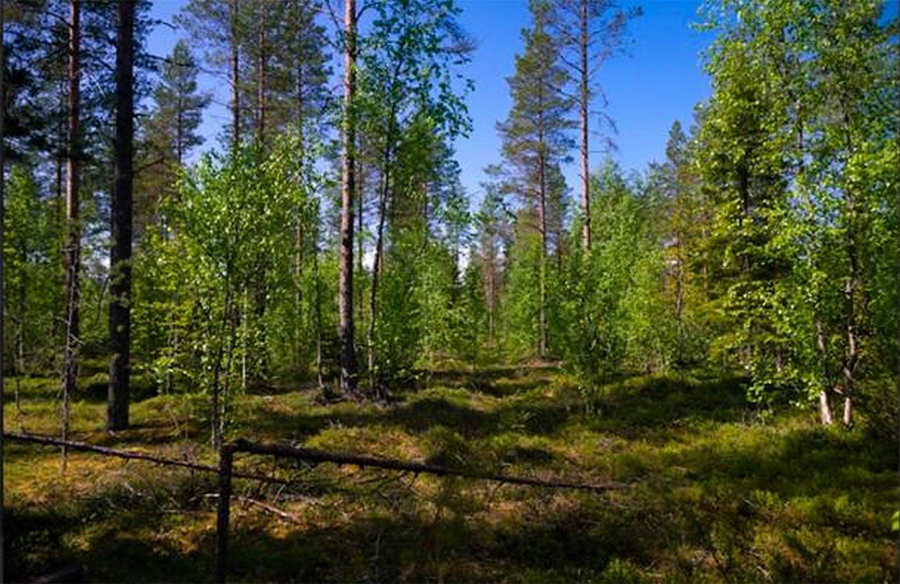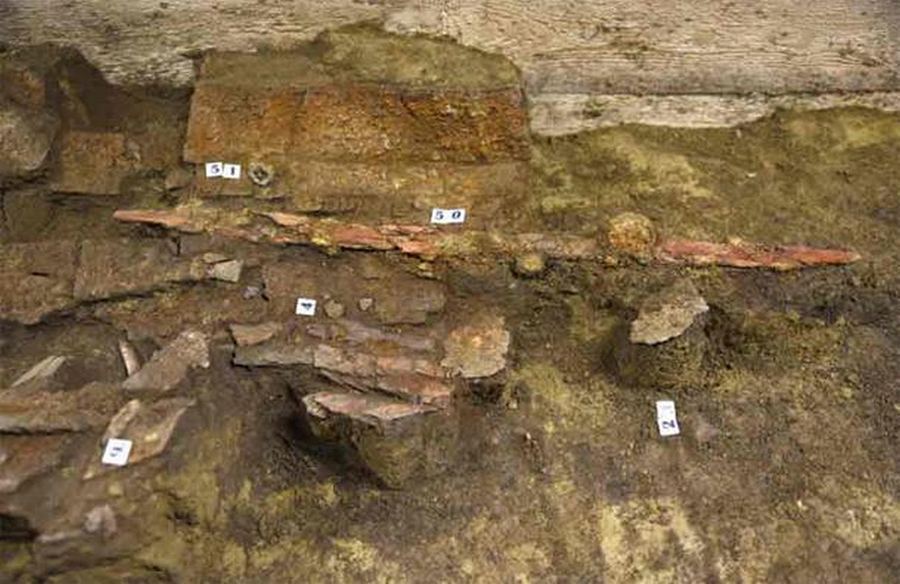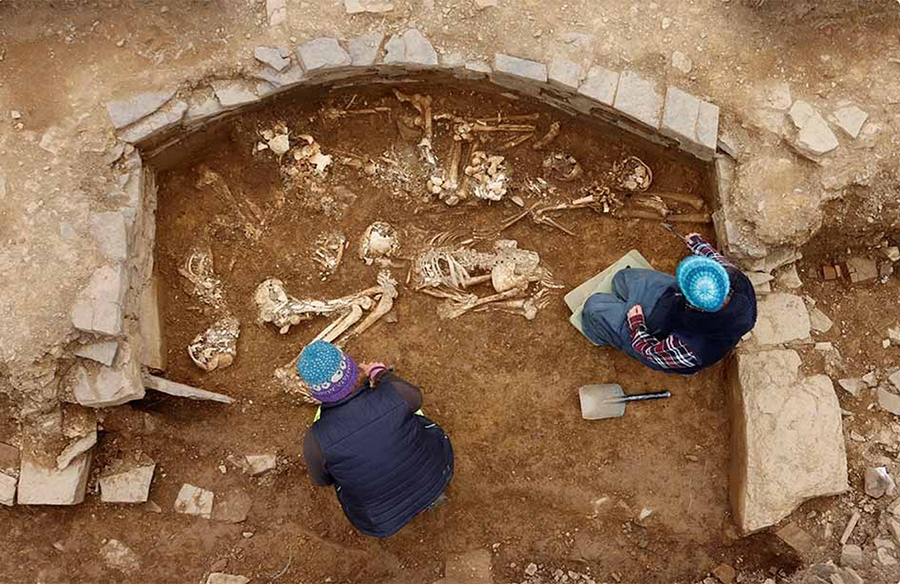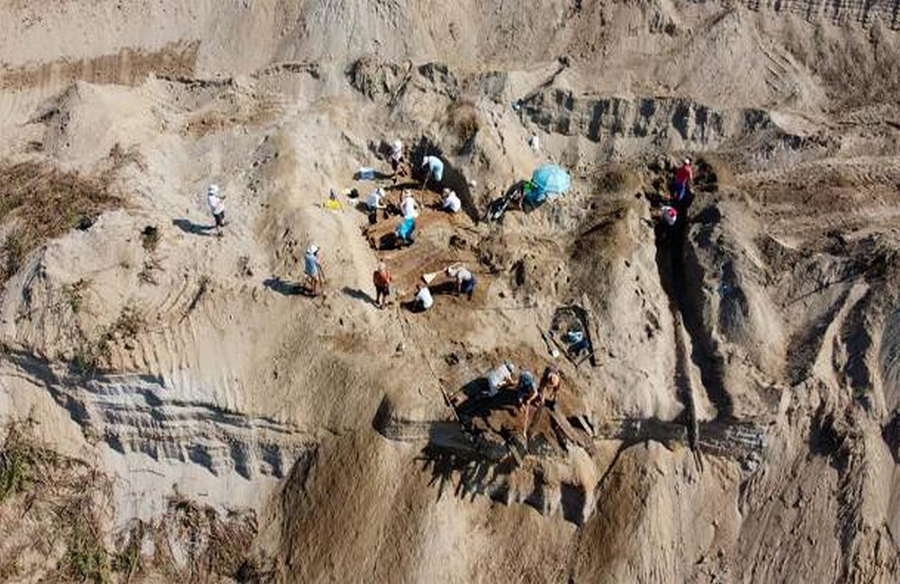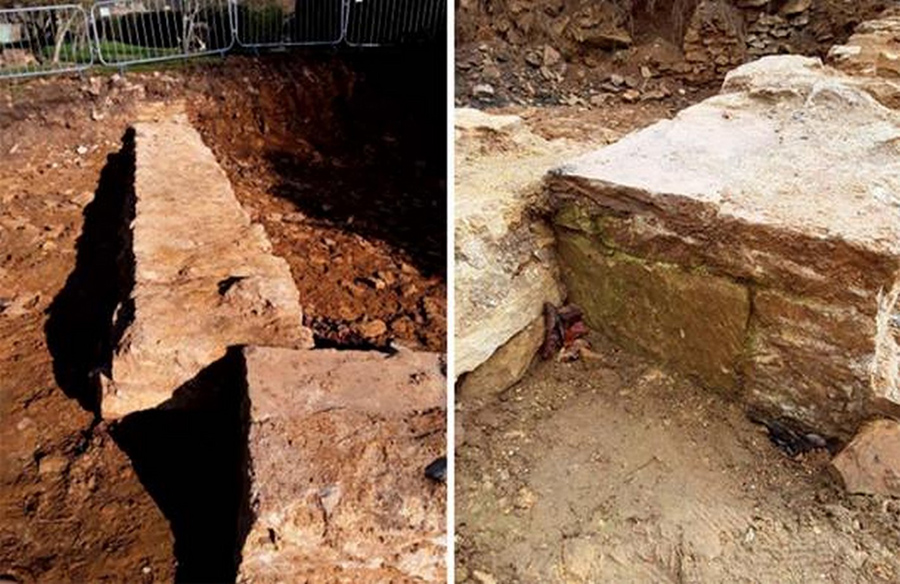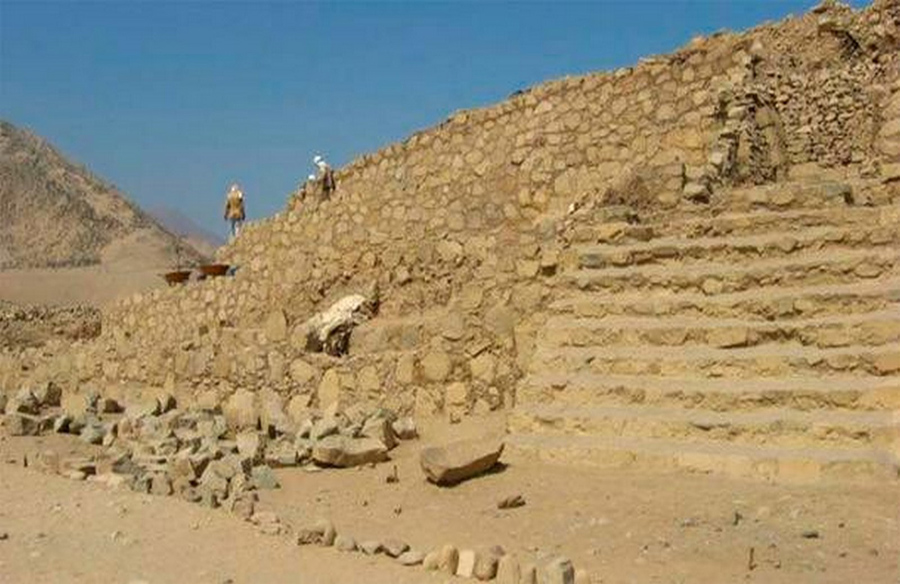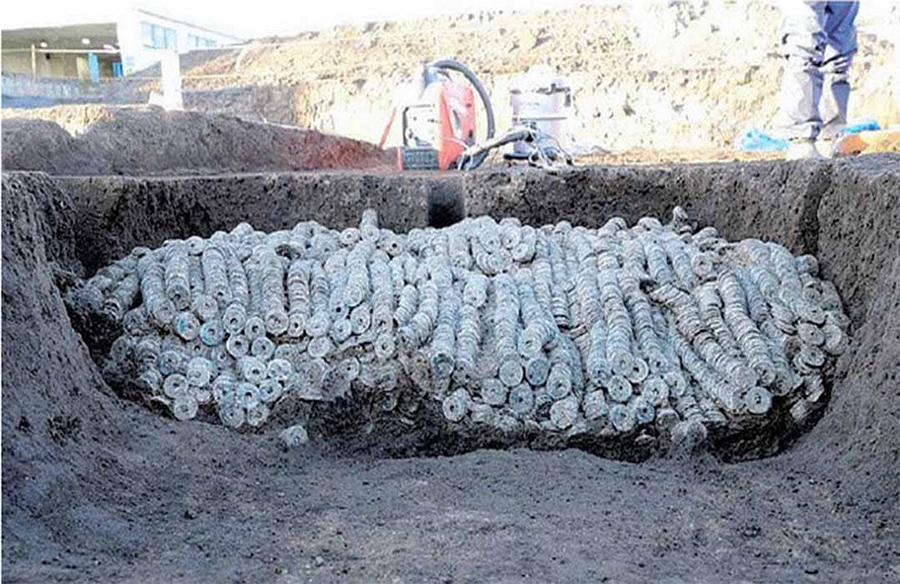Discovering the Cultic Rituals: Insights from Northwest Arabia
Recent excavations in northwest Arabia have shed light on a fascinating aspect of prehistoric human culture – a complex set of social, political, and religious rituals conducted by Neolithic people over 7,000 years ago. At the heart of these rituals lie the mustatils, ancient stone monuments that have unveiled evidence of what could be the world’s earliest pilgrimage tradition.
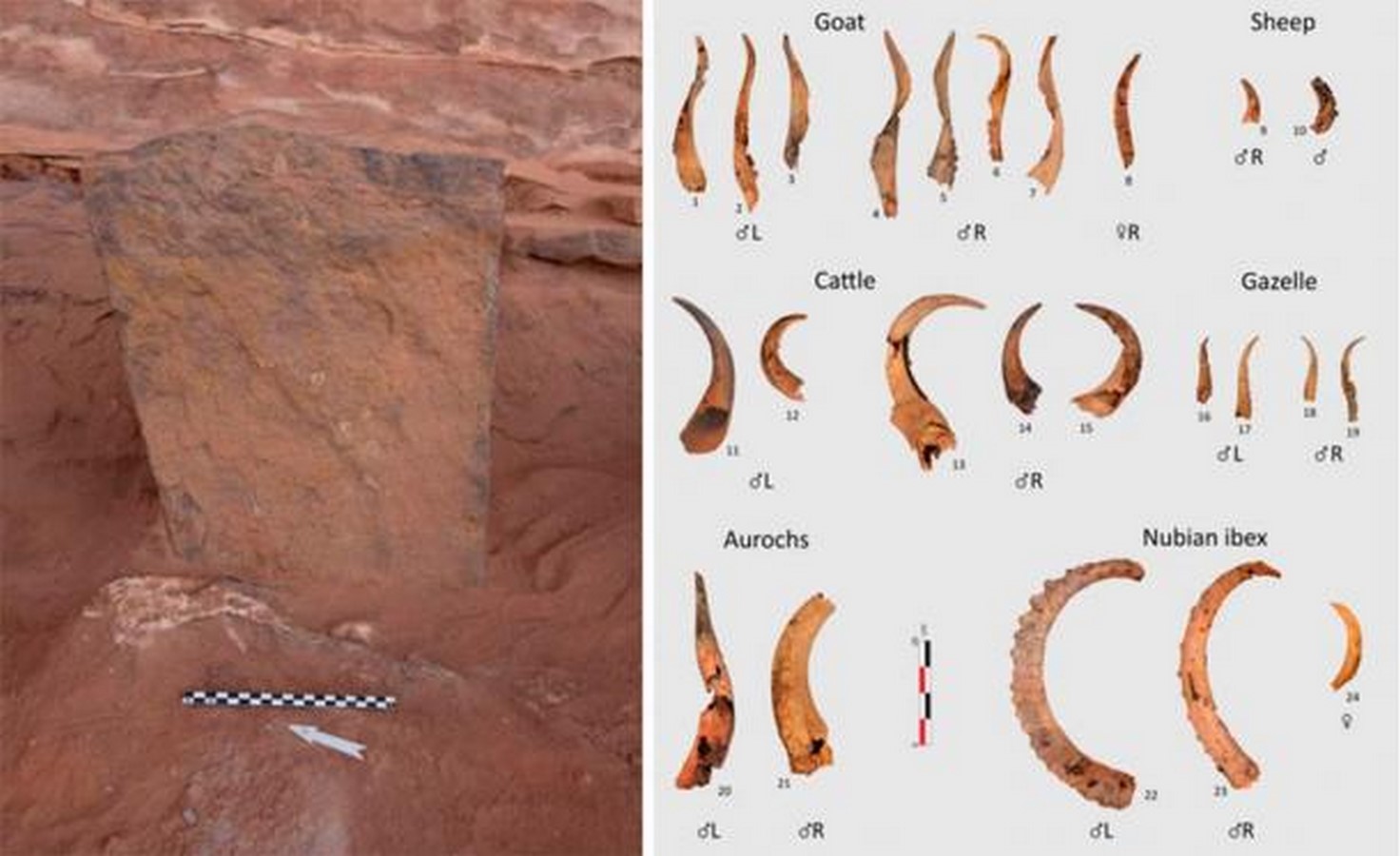
Communal Gathering at Mustatils: A Religious Milestone
Spanning over 1,000 prehistoric rectangular stone structures, the mustatils served as a focal point for communal gatherings of ancient humans. These large-scale open-air structures, characterized by low stone walls, provide compelling evidence of a significant cultural phenomenon in ancient Arabia.
Deciphering the Mustatils: An Archaeological Puzzle
While the precise purpose and timing of the mustatils’ construction remain elusive, ongoing archaeological investigations offer valuable insights into their significance. Initiated in 2018 by the Royal Commission for AlUla, the meticulous study of these structures has revealed intriguing clues about the rituals conducted within their confines.
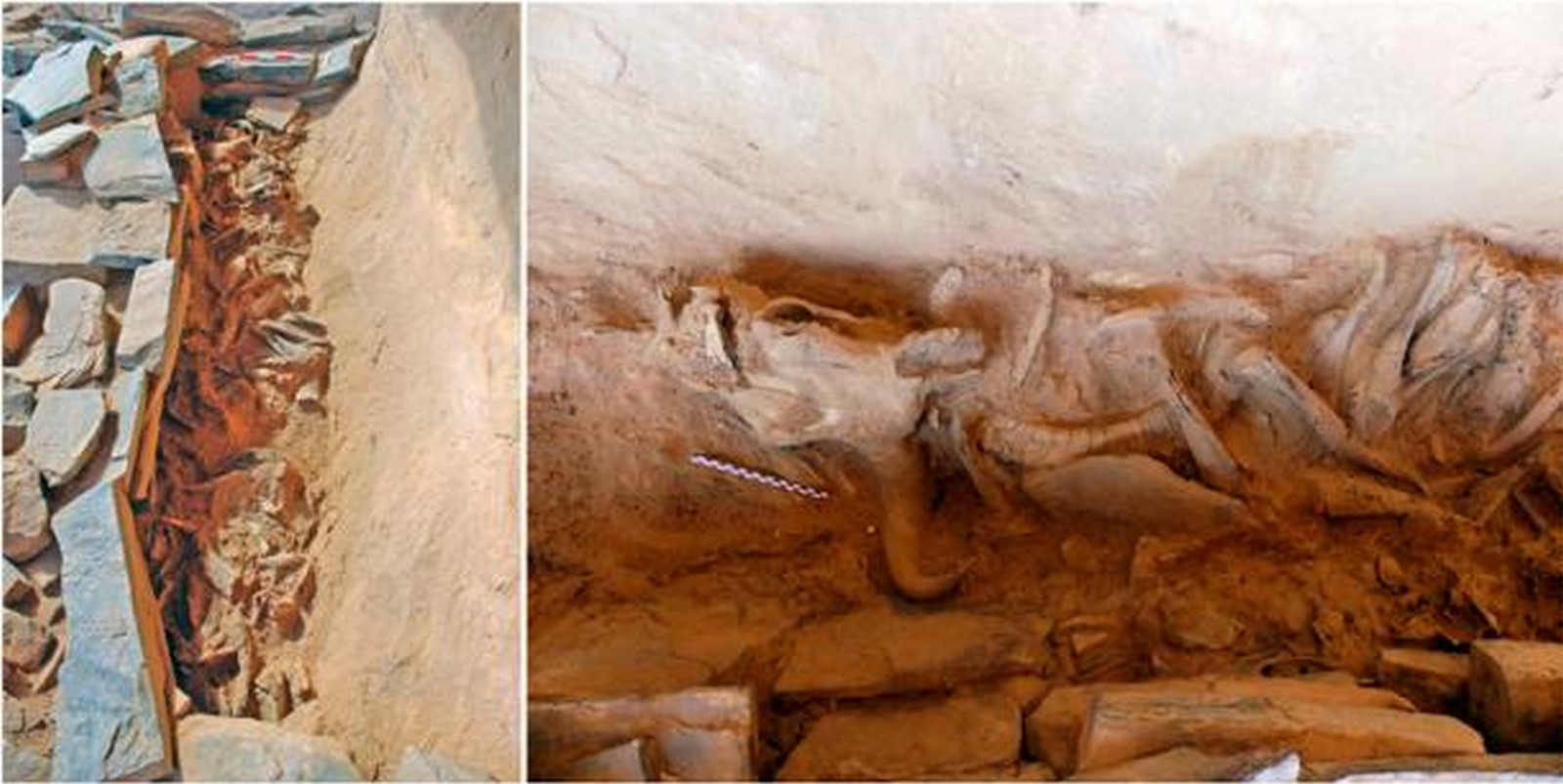
The Horn Chamber: A Window into Ancient Rituals
One of the most remarkable discoveries within the mustatils is the Horn Chamber, a smaller structure uncovered in 2018. Here, researchers found evidence of a singular ceremony involving the deposition of animal horns and skull fragments. This ritualistic practice, likely conducted by pastoral nomads, underscores the communal nature of the ancient gatherings.
Shrine-Like Constructs and Ritualistic Hearths
At the heart of the mustatils, researchers have identified potential shrine-like constructs containing hearths. These findings suggest that the structures served as venues for ceremonies and rituals, where offerings were made to invoke divine favor. The presence of over 3,000 animal remains further attests to the significance of these sites in ancient religious practices.

Human Remains and Collective Burials
Among the discoveries within the mustatils are human remains dating back to the late 6th millennium BC. These include infants, adults, adolescents, and children, possibly indicating collective burial practices. The relationship between these individuals and the builders of the mustatils remains a subject of speculation, highlighting the complexity of ancient social dynamics.
Revisiting Interpretations: Ritual Practices and Environmental Context
Recent studies have challenged earlier hypotheses regarding the purpose of the mustatils, suggesting that they may not have been exclusively associated with a ‘cattle cult.’ Instead, they may have served broader ritualistic functions, particularly during the Holocene Humid Period, when the region experienced climatic fluctuations.
Conclusion: Unraveling the Mysteries of Ancient Pilgrimage
The discovery of the mustatils and the rituals associated with them offers a fascinating glimpse into the religious and social practices of prehistoric Arabia. As archaeologists continue to unravel the mysteries of these ancient pilgrimage sites, each revelation brings us closer to understanding the complexities of human culture and spirituality in the distant past.
